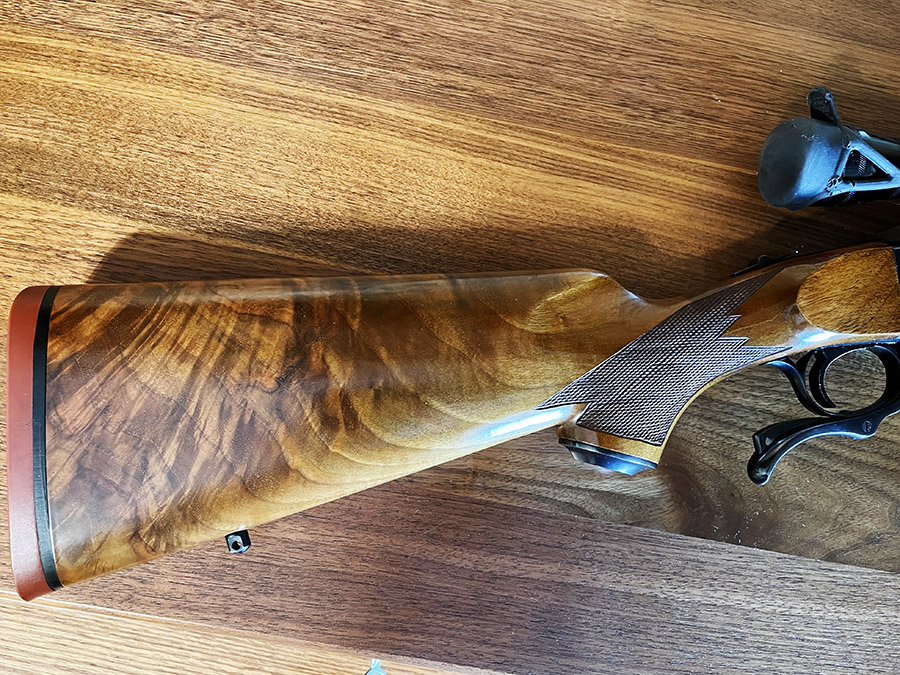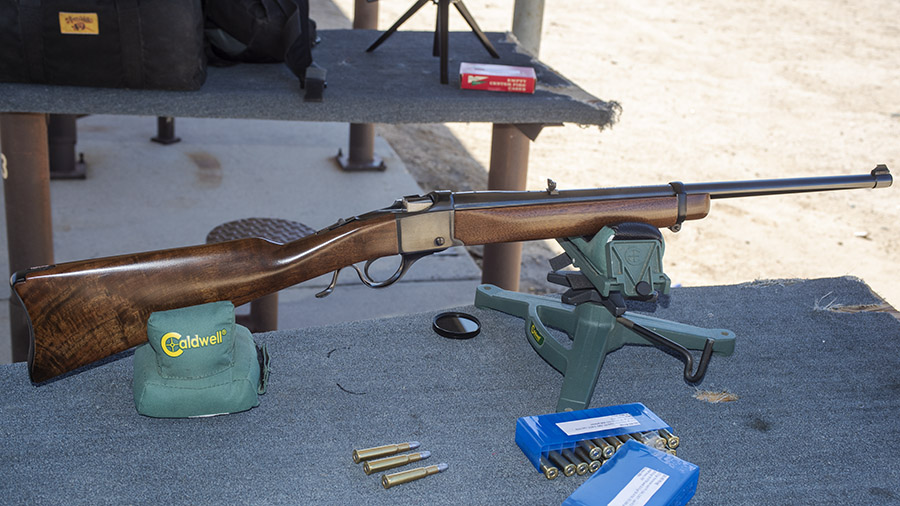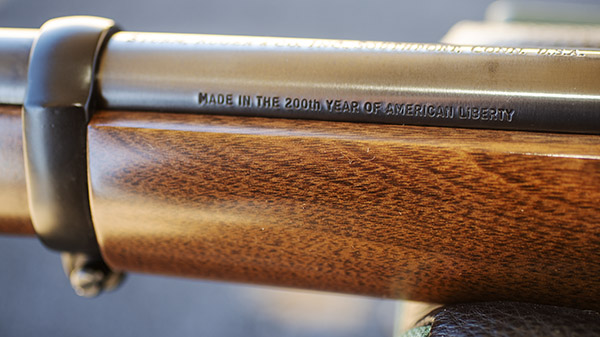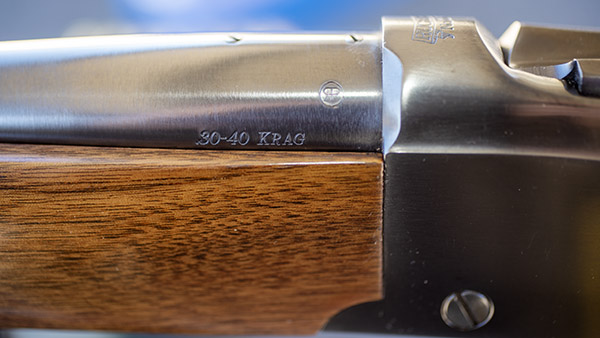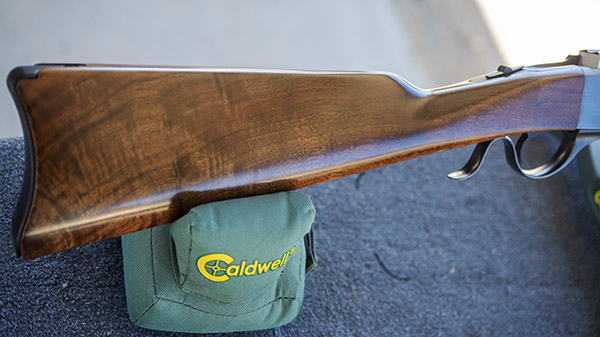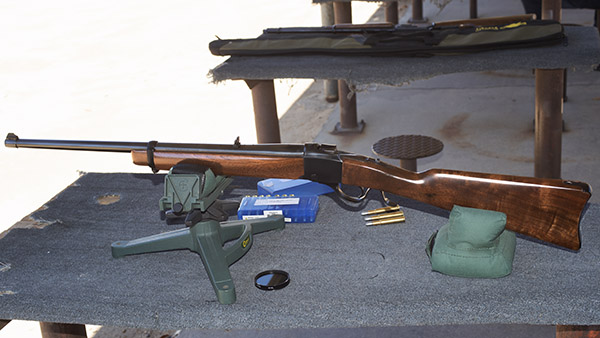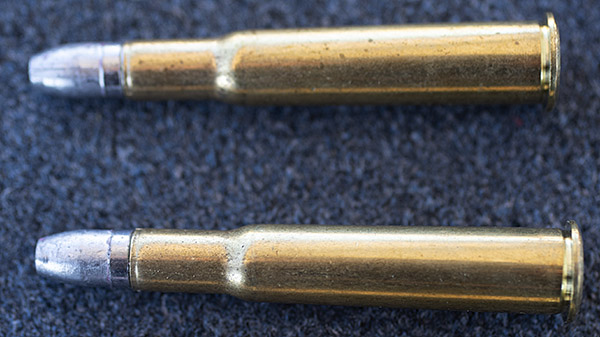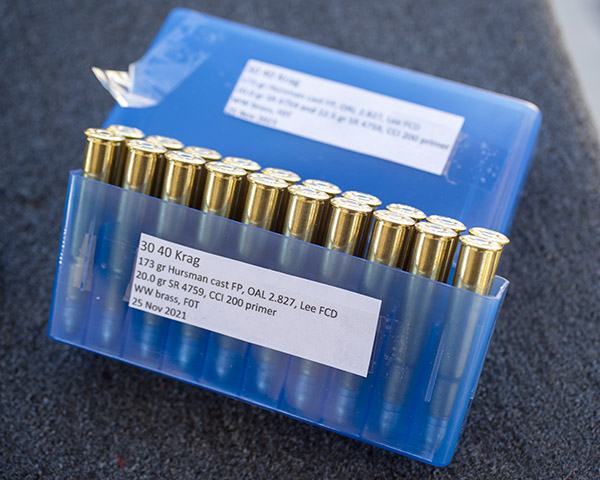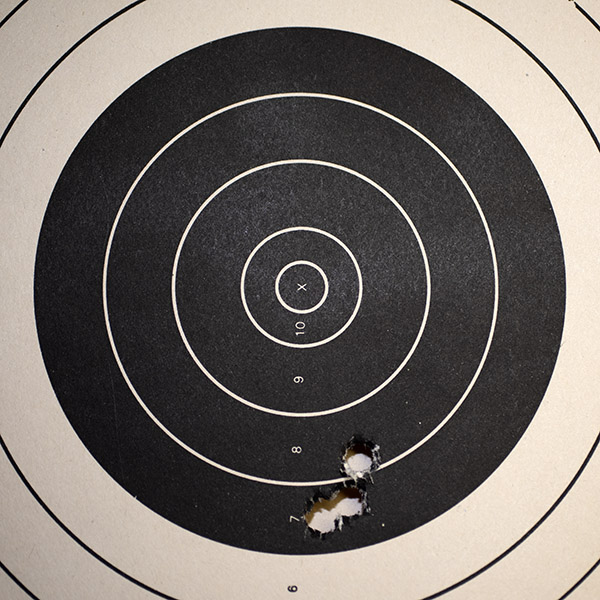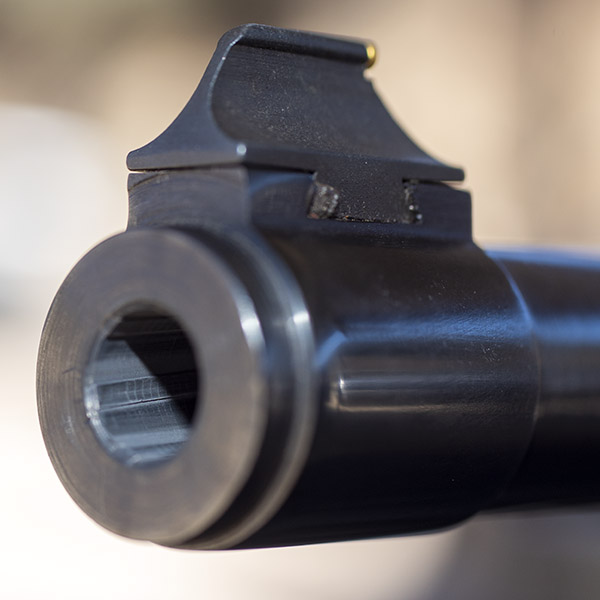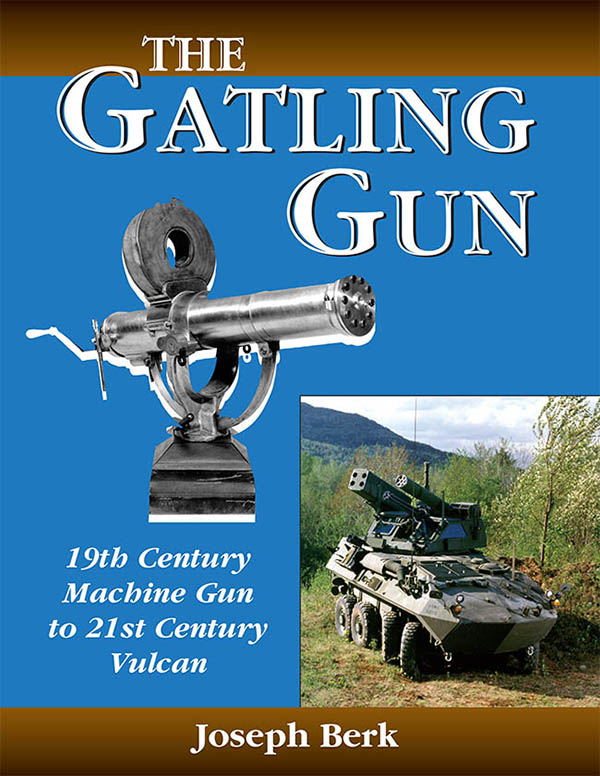I’ve been a Ruger No. 1 fan for close to 50 years. It started with one I’ve written about before, and that is a Ruger No. 1A chambered in the awesome .30 06 Government cartridge. I’ve spent time on the range and I’ve hunted with this rifle, and it is probably my all-time favorite firearm.
What attracted me to the No. 1 was my father’s fascination with the rifle (he never owned one, but he wanted to), the beautiful and exquisitely figured walnut Ruger used on these rifles, and their style. To me, they just look right. My fixation started in 1976. Ruger roll-stamped every firearm they manufactured with “Made in the 200th Year of American Liberty” that year.
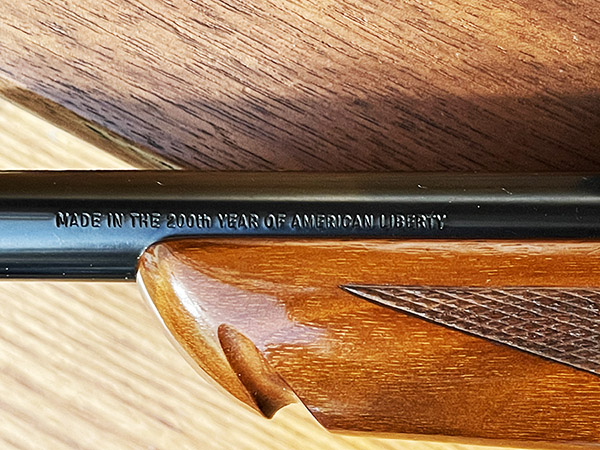
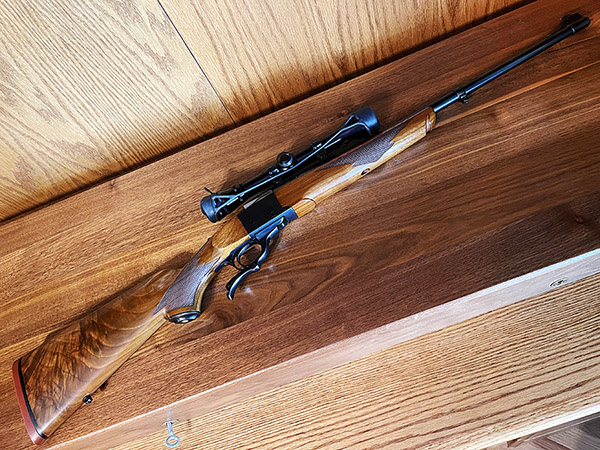
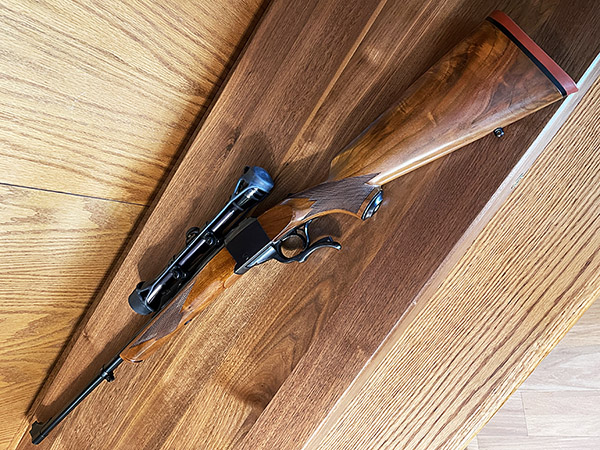
The Ruger No. 1 came in different configurations, and the ones you see here are what Ruger called the 1A. They had 22-inch barrels, iron sights, and the Alex Henry fore end (that’s the fore end with the notch at the front). There are all sorts of suppositions about what why the notch was originally included on the Farquharson rifles that influenced the Ruger No. 1 design, but no one seems to know for sure. I just like the look of the thing. To me, these rifles are elegant. They’re not particularly light, but they’re short and it’s easy to get around in the woods with one. Back in the day, I bought a straight 4X Redfield scope and a still prefer a 4X non-variable scope for hunting (even though it’s tough to find one these days; high-powered variable scopes are all the rage).
Those west Texas days back in the ’70s were good. We spent a lot of time (essentially every weekend) out in the desert north of Fabens chasing jackrabbits and coyotes, and the No. 1 you see here sent a lot of those critters to the Promised Land. Jackrabbits were grand fun. It was hard to believe how big some of them were.
The accuracy load for my .30 06 No. 1 is the 130-grain Hornady jacketed softpoint bullet over a max load of IMR 4320 propellant. IMR 4320 is no longer in production, but I’ve got about 10 pounds of it so I’m good for a while. The rifle will put that load into an inch at 100 yards all day long, and the 130 grain Hornady bullet seems to be perfect for jackrabbits. Yeah, I know, that’s maybe a little more power than needed for Peter Cottontail, but hey, like Donald Rumsfeld used to say: You go to war with the army you have.
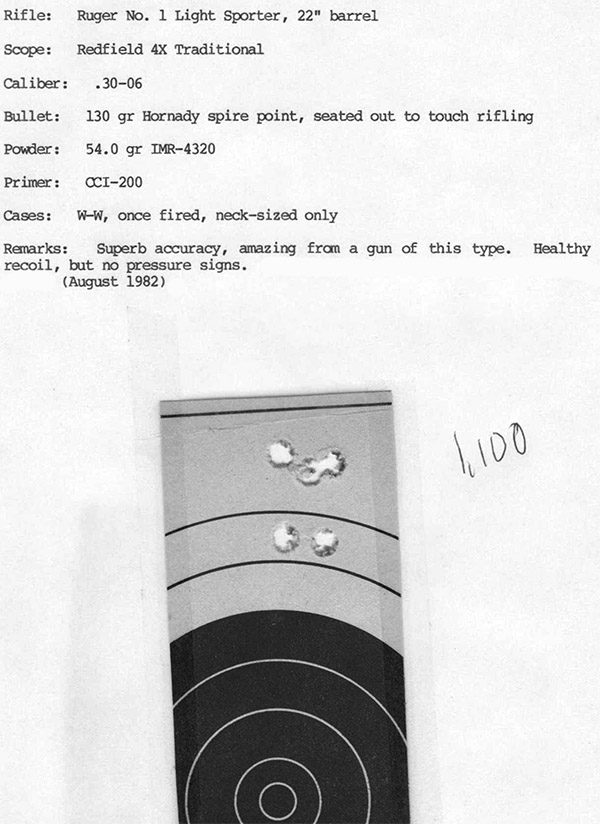
The .30 06 also does well with other loads. I was on the range with the ammo I had on hand a week or so ago with heavier bullets and I was pleased with the results. I tried 180 grain Remington bullets loaded on top of 48.0 grains of IMR 4064. Those loads shot low and had perceptibly heavier recoil, but they grouped under an inch at 100 yards.
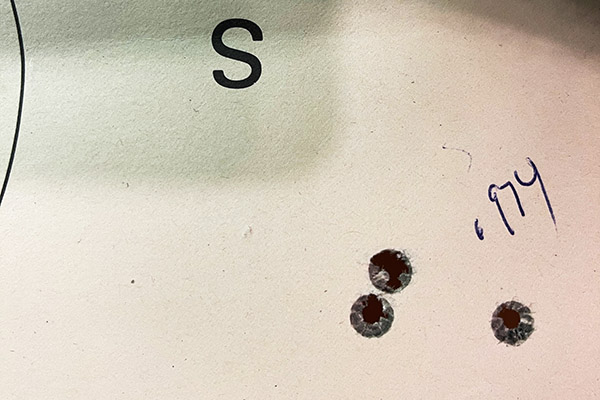
The title of this blog is A Tale of Two Bicentennial No. 1 Rugers, and that brings us to the second rifle. I was in Ohio on a secret mission about 15 years ago and the guy I visited there learned of my interest in guns. He took me to a local shop that only sold through an online auction (that was the gunshop’s business model). When we arrived, I quickly noticed another Ruger No. 1A, this time chambered in .243 Winchester. It was a bicentennial rifle, it looked to be a near twin to my .30 06 1A, and I had to have it. I tried to buy it while I was there and have shipped to my FFL holder in California, but the owner confirmed what my friend told me…I had to bid on it at auction. I did, and I won the auction at $650. Bear in mind that these rifles’ list price in 1976 was $265, and they typically sold at $239 back then. If you think I got scalped, think again. I won the auction, and the MSRP on these rifles today is something around $2,000. And the ones made back in the 1970s are, in my opinion, of much higher quality in terms of walnut figure, checkering, and other attributes.
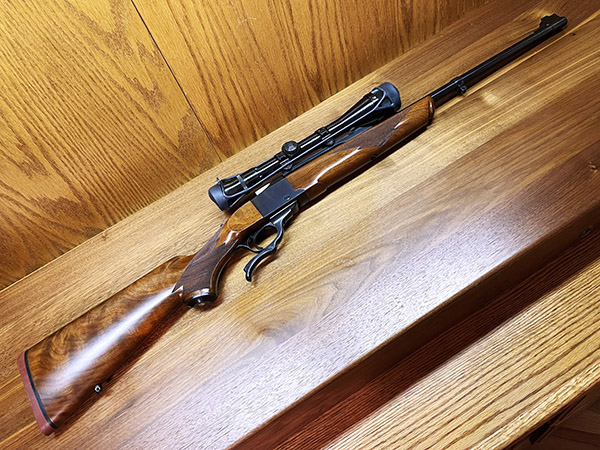

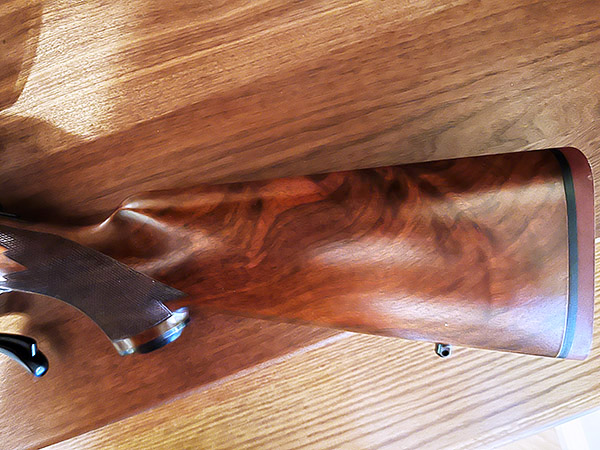


Most recently, good buddy John gave me a bunch of assorted brass and I started loading bits and pieces of it. I loaded the .30 40 Krag and wrote about it a week or so ago. There were a few pieces of .243 Winchester brass and that had me thinking about the .243 No. 1 in this blog. You see, I bought that rifle, stuck it in the safe, and never fired it. That was a character flaw I knew I needed to address.
I thought I had a set of .243 dies, but I was surprised to find I did not. I had some ammo, so I guess at some point I had .243 dies. I bought a new set of Lee dies, and I already had some .243 bullets. And as it turns out, the Lyman reloading manual lists IMR 4350 as the accuracy load for 60 grain bullets, and I had some. I only loaded six rounds (using the brass John gave to me), and I thought I needed to buy .243 brass (everybody is sold out of .243 brass right now). Then I started poking around in my brass drawer and it turns out I have five boxes of new Winchester 243 brass. I swear I’m gonna find Jimmy Hoffa or an honest politician in my components storage area one of these days.
The Tula factory ammo I had didn’t shoot worth a damn. Tula is cheap ammo, this stuff was old, and it grouped around 2.9 to 3.5 inches at 100 yards. I also had some very old reloads that had 100 grain Sierra bullets and 34.0 grains of IMR 4064, and it did only marginally better. The six rounds I loaded myself with the brass good buddy John provided was better. At least I think it was better. I used 65 grain Hornady V-Max bullets and 43.2 grains of IMR 4350 powder. I had one good group and one lousy group. But hey, Rome wasn’t built in a day, and I’m just getting started. I’ll buy some heavier 6mm bullets (.243 is 6mm), I’ll try them with a few different loads, and you’ll get to read about it here on the ExNotes blog.
More stories on Ruger single-shot rifles (the No. 1 and the No. 3) are here.
Never miss an ExNotes blog…sign up here for free!

